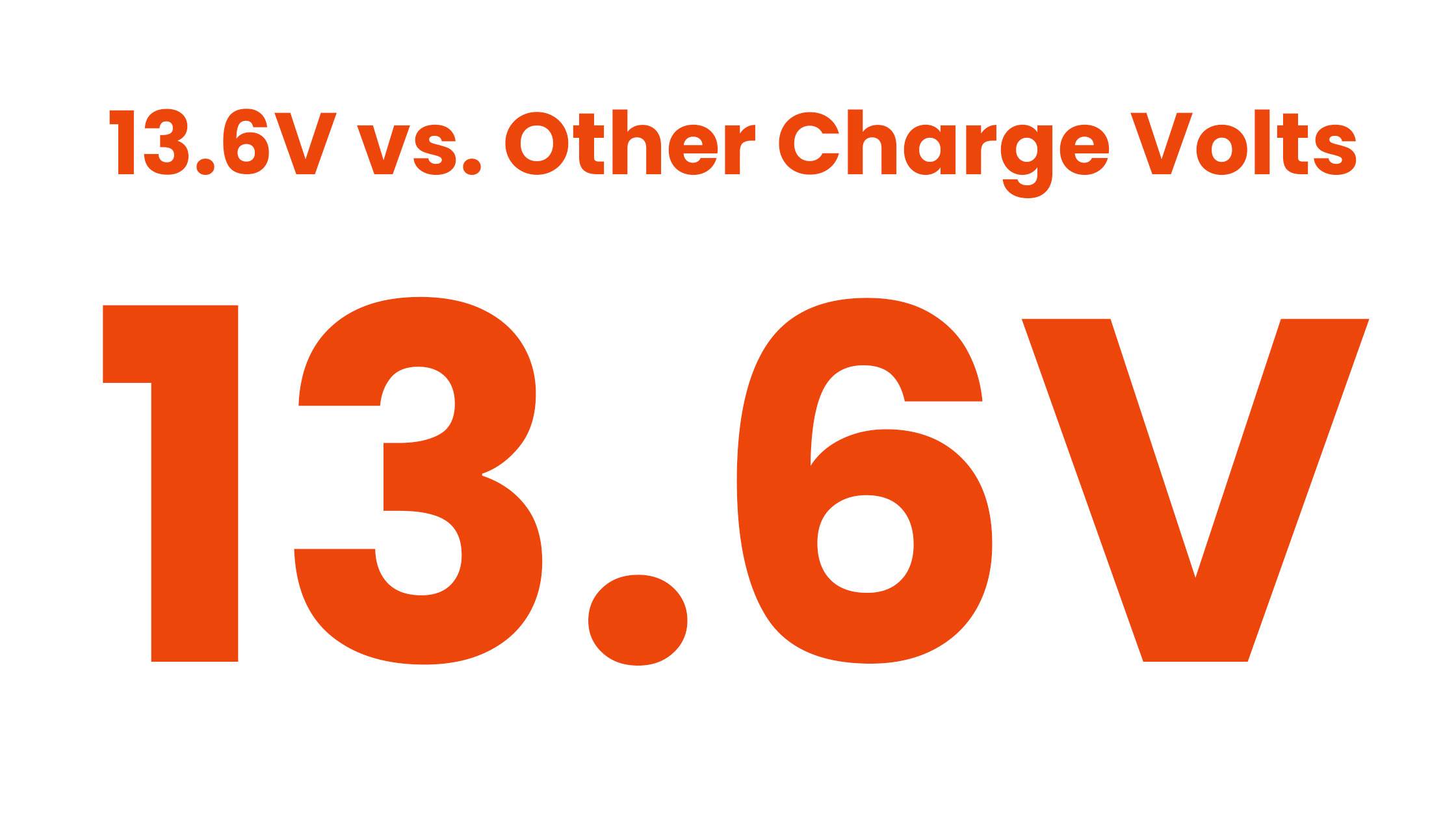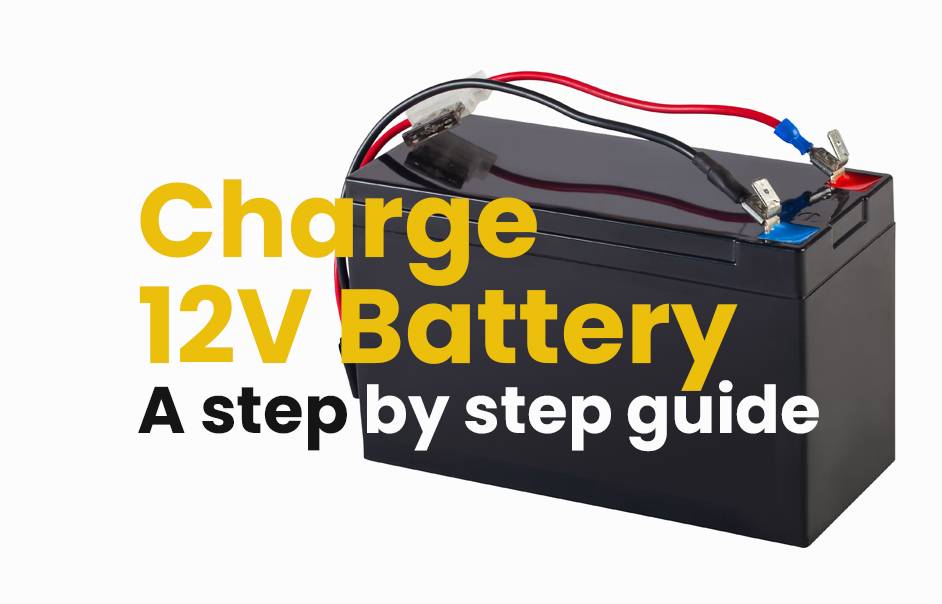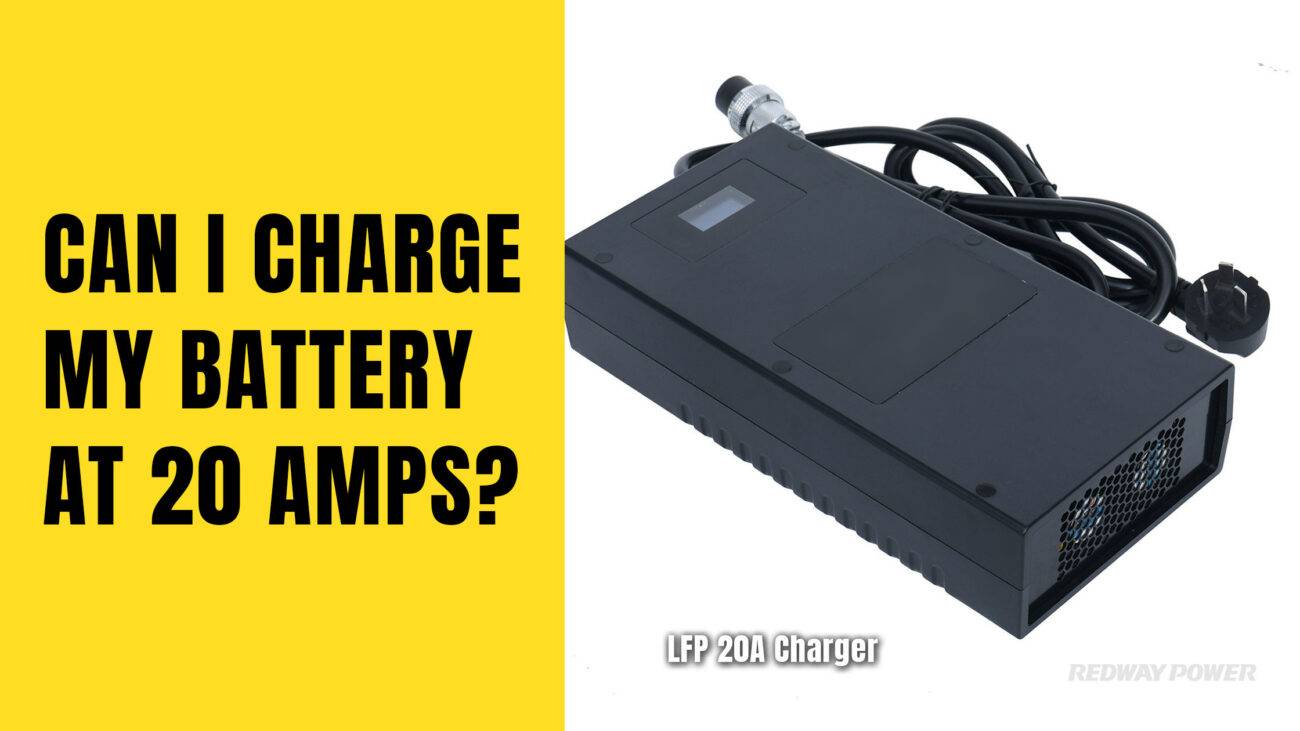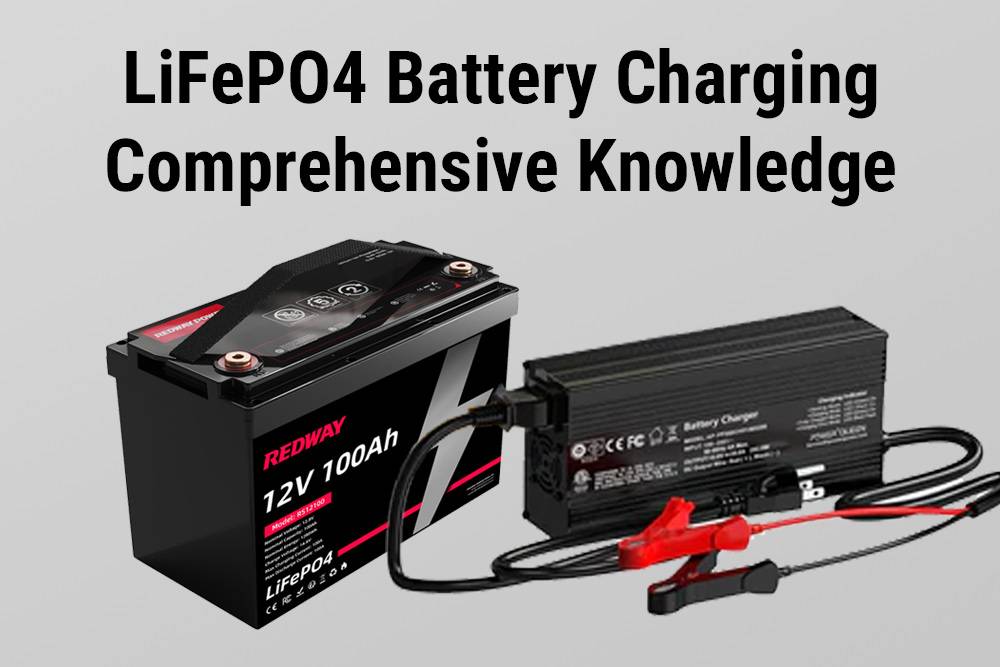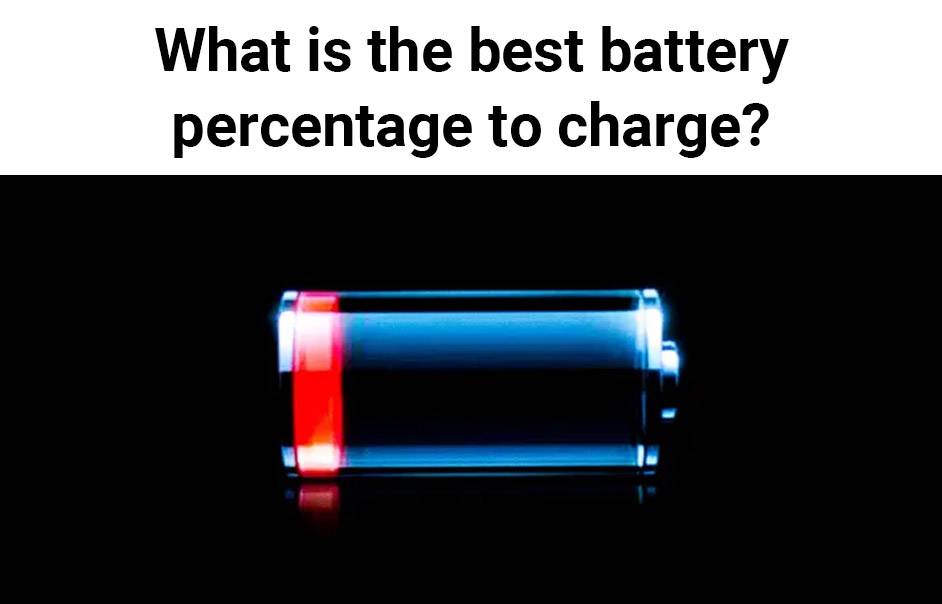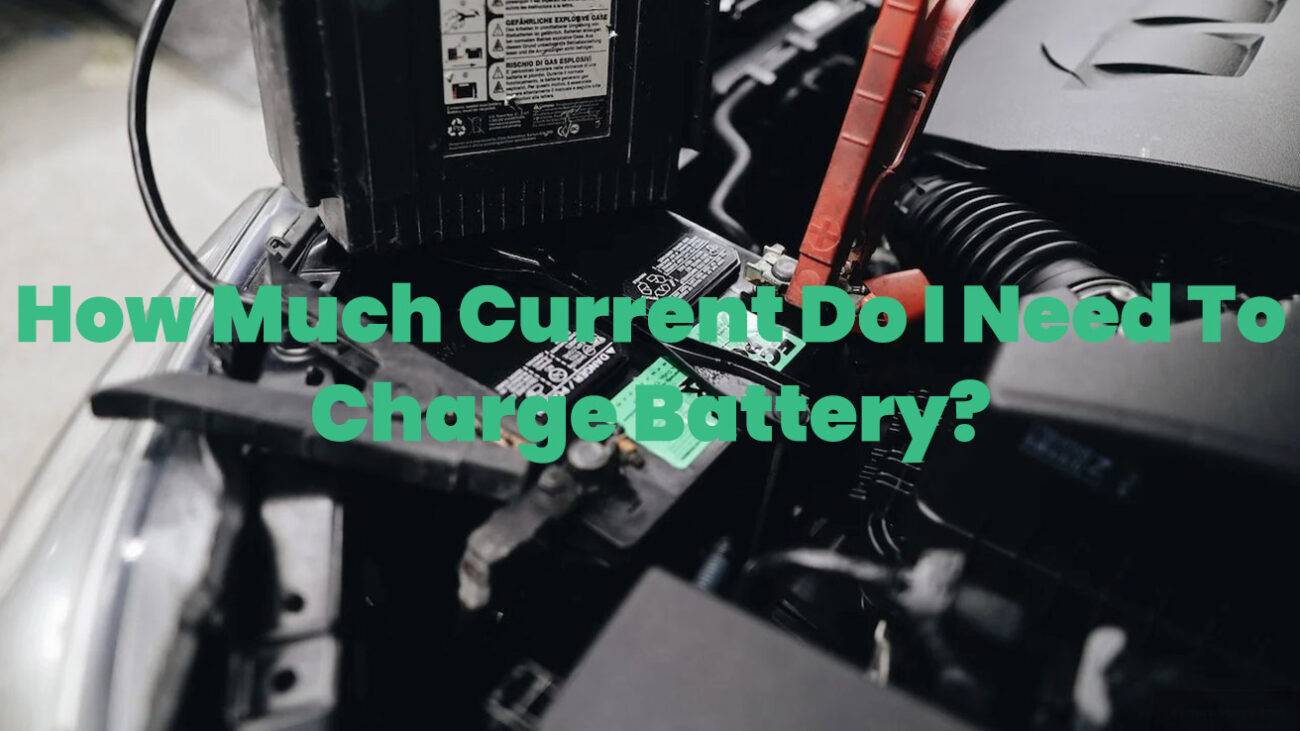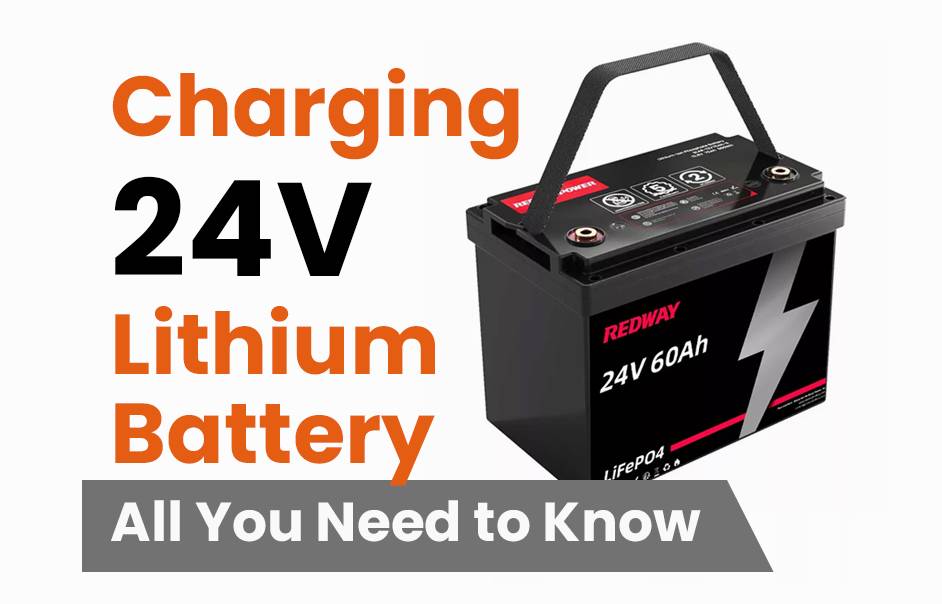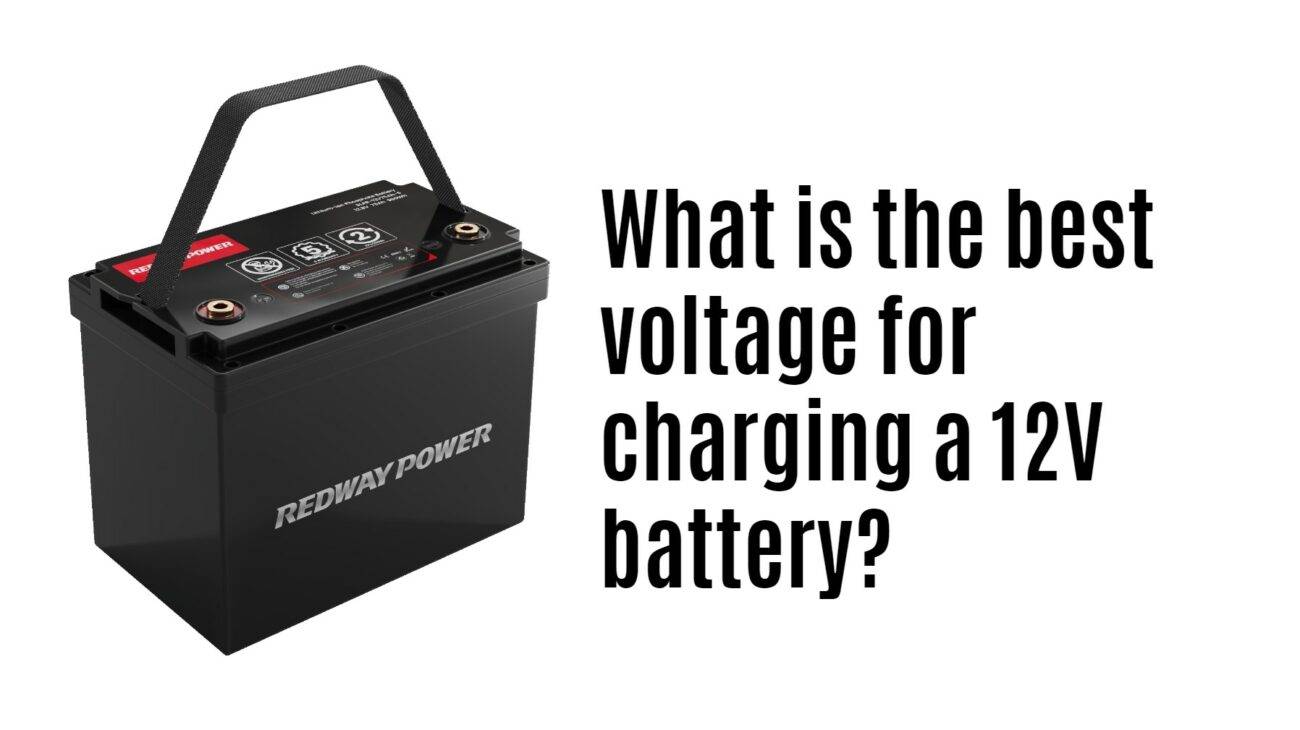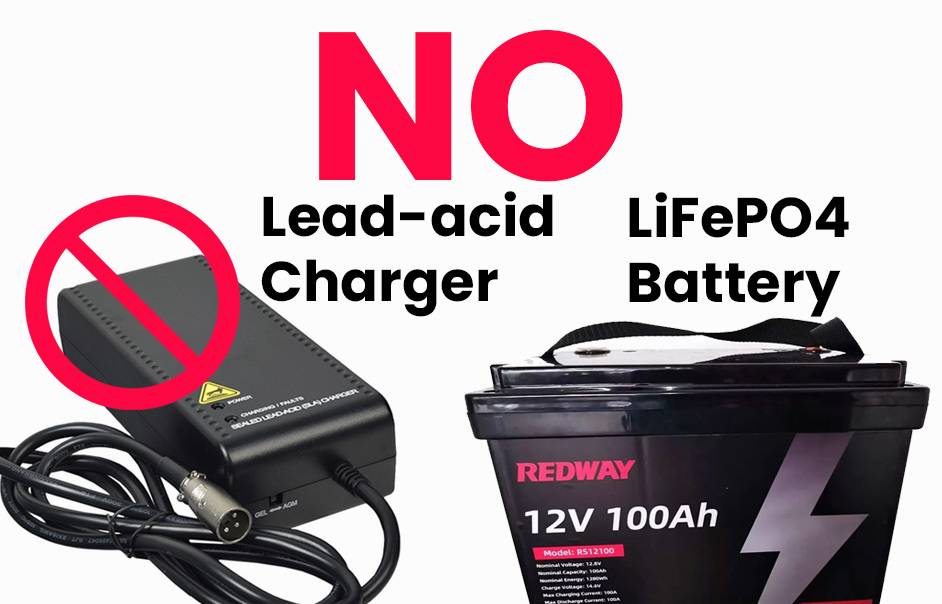- Forklift Lithium Battery
- Golf Cart Lithium Battery
- Rack-mounted Lithium Battery
51.2V 100Ah Rackmount LiFePO4 Battery
8000 times (80% DOD 0.5C)
Optional SNMP for TELECOM - Car Starter Battery
- 12V LiFePO4 Battery
12V 150Ah Lithium RV Battery
Bluetooth App | Self-heating
LiFePO4 | Group 31
UL 1642 | IEC 62619 - 24V LiFePO4 Battery
- 36V LiFePO4 Battery
- 48V LiFePO4 Battery
- 60V LiFePO4 Battery
60V 100Ah Lithium Battery (AGV, AMR, LGV)
Peak Discharge Current 400A
500 x 298 x 349 mm - 72V~96V LiFePO4 Battery
72V 100Ah Lithium Golf Cart Battery
Peak Discharge Current 315A (10S)
740 × 320 × 246 mm - Wall-mounted Lithium Battery
51.2V 100Ah 5kWh
Wall-mounted Battery532 x 425 x 170 mm / LiFePO4
>8000 Cycles (80% DOD 0.5C)
RS485 / CAN-bus
for Solar Home ESS - Home-ESS All-in-One
51.2V 32kWh
All-in-On HESS SystemPowerAll
51.2V / LiFePO4
>8000 Cycles (80% DOD 0.5C)
RS485 / CAN-bus / WiFi
All-in-One for Home ESS
How Does 13.6 Volts Affect Battery Charging?
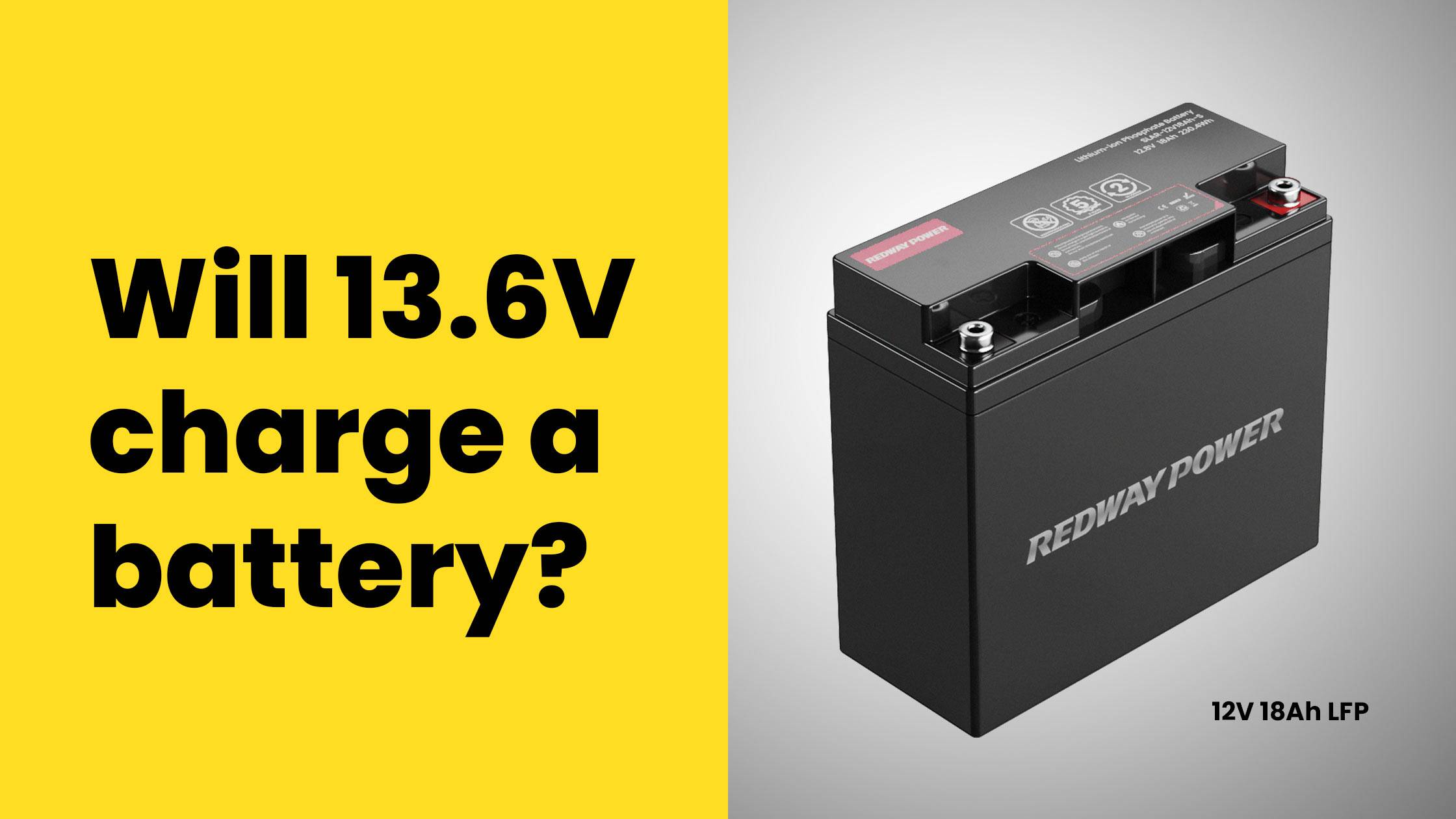
A voltage of 13.6 volts is typically sufficient for charging many types of batteries, particularly lead-acid and lithium-ion batteries. This voltage indicates that the battery is receiving charge but may not reflect its fully charged state, which can vary based on battery chemistry and condition.
What is the significance of 13.6 volts in battery charging?
The significance of 13.6 volts lies in its role as a common float charge level for maintaining batteries once they are fully charged. For lead-acid batteries, this voltage helps prevent overcharging while keeping them at an optimal charge state.
| Voltage Level | Meaning |
|---|---|
| Below 12.4V | Battery is discharged |
| 12.4V to 12.7V | Battery is partially charged |
| 12.8V to 13.0V | Battery is fully charged |
| 13.6V | Float charge level |
| Above 14.4V | Bulk charge level (may indicate overcharge) |
How does battery chemistry influence the charging process?
Battery chemistry plays a crucial role in determining how effectively a battery can be charged at 13.6 volts:
- Lead-Acid Batteries: Typically require higher voltages (around 14.4 volts) for bulk charging but can maintain at 13.6 volts during float.
- Lithium-Ion Batteries: Often reach full charge at around 13.6 volts, but may require higher voltages during initial charging phases.
Understanding these differences ensures that you use the correct voltage settings for each type of battery.
What are the recommended charging voltages for different battery types?
Each type of battery has specific recommended voltages for optimal charging:
| Battery Type | Bulk Charging Voltage | Float Charging Voltage |
|---|---|---|
| Lead-Acid | 14.4 – 14.8 V | 13.2 – 13.6 V |
| AGM (Absorbent Glass Mat) | 14.4 – 14.7 V | 13.3 – 13.5 V |
| Lithium-Ion | 14.0 – 14.6 V | ~13.6 V |
Following these guidelines helps maximize performance and lifespan while minimizing risks associated with overcharging.
How does load affect battery voltage during charging?
When a load is applied to a battery, its voltage can drop significantly from its charged state:
- Initial Drop: A fully charged battery at 13.6 volts may quickly drop to around 12.7 volts under load.
- Recovery: After removing the load, the voltage may temporarily rise before stabilizing at its resting voltage.
This behavior is normal and reflects how batteries respond to electrical demands.
Why might a battery not charge above a certain voltage?
If a battery fails to charge above a specific voltage, such as 13.6 volts, it could indicate several issues:
- Battery Chemistry Limitations: For instance, some lithium-ion batteries may reach their maximum capacity at this voltage.
- Charger Settings: The charger may be set to limit output, preventing overcharging.
- Battery Condition: Aging or damaged batteries may not accept higher voltages effectively.
Understanding these factors can help troubleshoot and optimize charging practices.
Industrial News
Recent advancements in battery technology have highlighted the importance of proper charging techniques across various applications, including renewable energy systems and electric vehicles (EVs). Manufacturers are increasingly focusing on developing smarter chargers that dynamically adjust output voltages based on real-time conditions, enhancing efficiency and prolonging battery life.
Redway Power Insights
“Charging practices significantly influence the longevity and performance of batteries,” notes industry expert Jane Smith from Redway Power. “Understanding how different voltages affect various chemistries allows users to optimize their systems, ensuring reliable power when it matters most.”
FAQ Section
Q1: Can I charge my lead-acid battery at 13.6 volts?
A1: Yes, 13.6 volts is suitable for maintaining a lead-acid battery once it’s fully charged, but higher voltages are needed for bulk charging.Q2: Why does my lithium-ion battery stop charging at 13.6 volts?
A2: Many lithium-ion batteries reach full charge around this voltage; anything higher may indicate surface charge rather than usable capacity.Q3: What happens if I overcharge my lead-acid battery?
A3: Overcharging can lead to gassing, water loss, and damage to the plates, ultimately reducing the lifespan of the battery.Q4: How can I ensure optimal charging for my batteries?
A4: Use chargers that match your battery type’s recommended voltages and follow manufacturer guidelines to avoid overcharging or undercharging.

















